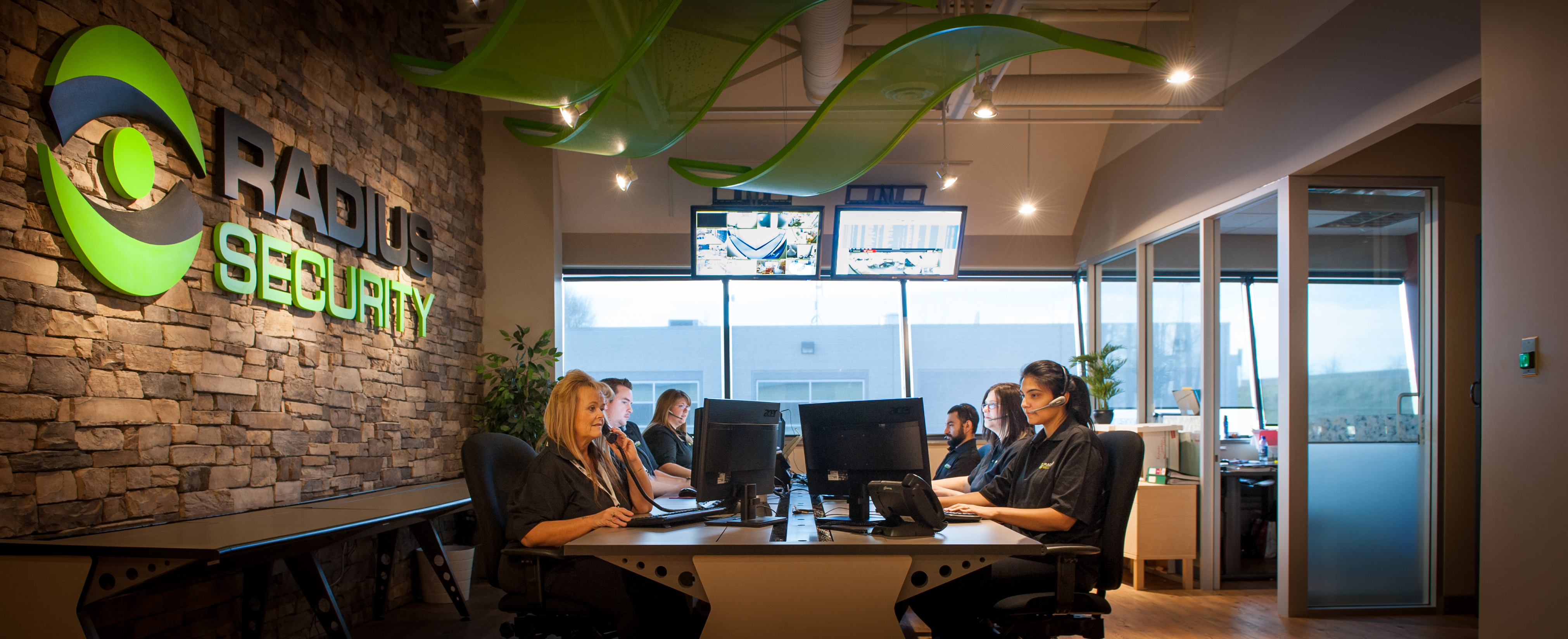False alarms account for 97 per cent of police dispatches, according to a 2016 internal review conducted by the Toronto Police Service in consultation with the Canadian Security Association. The result? Effective September 10, the TPS updated its alarm system response policy to require alarm verification. While the policy only affects the Toronto area, Vancouver and other cities are likely to follow suit as police departments across North America grapple with limited resources and the rising costs of false alarms.
Here are some highlights of the new TPS alarm system response policy, which may soon be reflected in your local police department’s policy.
1. Mandatory verification: A verified response confirms criminal activity is occurring or has taken place, or there is an imminent threat to personal safety. An alarm must be verified before requesting a police response. Exception: the verified response requirement does not apply to panic or hold-up alarm activations.
2. A burglar alarm may be verified by
- Audio device
- Video device
- Multiple zone activations
- Eyewitness (a private security guard or other person at the scene)
3. Police will only respond to an alarm signal if
- The monitoring station is registered with the TPS, provides a valid ID number and is not suspended from requests for police response (ie for unpaid fines under cost recovery provisions)
- The premise or alarm system is not suspended from police response
- The monitoring station has followed the approved verification process (see 1 and 2)
4. Police will not respond to alarms communicated via automatic dialling devices and/or pre-recorded message.
5. Police response is determined by
- The nature of the demand
- Priorities vis a vis other demands at the time (verified alarms are assigned high priority)
- Resources available at the time
What this means for you:
- Ensure your monitoring station is registered and not suspended from police response.
- Confirm your monitoring station follows the approved verification process for all incidents.
- Maintain your premises and alarm system to minimize or eliminate false alarms.
- Do not activate the alarm system except for its intended purpose, eg detecting intruders or burglars. Always notify your monitoring station before workers, contractors and other persons legitimately enter your premises after hours.
- Provide up-to-date contact (key holder) names and telephone numbers to the monitoring station
- Ensure you or a keyholder can always attend to help police to deactivate the alarm system, provide access and/or provide alternative security.
Even if you are located outside Toronto, these are good guidelines for reducing false alarms and ensuring police respond quickly when needed.
For more information:
Alarm System Response Policy. Toronto Police Service.
Note: This blog discusses general safety and security topics. It is not intended to provide comprehensive advice or guidance. In all matters of personal safety and security, We encourage readers to research topics in depth and consult a security professional about specific concerns..









